AO Edited
Mausoleum of Augustus
This large, circular tomb is the final resting place of the first emperor of Rome.
The first Roman emperor, Augustus, began construction on his mausoleum soon after returning from Egypt in 28 BCE. The tomb was crafted with a circular plan that may have been inspired by Hellenistic mausoleums.
The structure, located in the center of Rome near the Tiber River, consists of various concentric rings and was originally topped by a conical roof and possibly a statue of Augustus. Two obelisks once guarded the entrance but have since been moved to other areas of Rome. Near the entrance, there was also the Res Gestae Divi Augusti, a large inscription narrating the accomplishments of Augustus.
The emperor was buried here after he died in 14 CE. Several other members of the Julio-Claudian dynasty were also laid to rest inside the mausoleum before and after the death of the first emperor. The remains of other emperors have also been placed in the mausoleum. The last emperor buried here was Nerva in 98 CE.
The mausoleum was heavily damaged by the Visigoths during the sack of Rome in 410 CE. During the following centuries, the area became largely buried under the earth and a fortification was constructed on top of the tumulus. This structure was later demolished and the mausoleum was used as a concert hall during the early 20th century. It has since been restored as an archaeological site.
Update as of August 2023: The site is closed indefinitely for renovations.

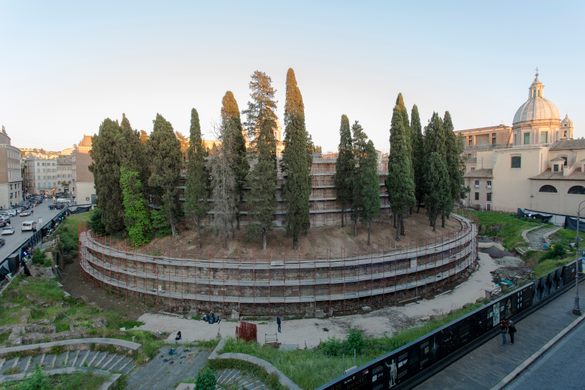
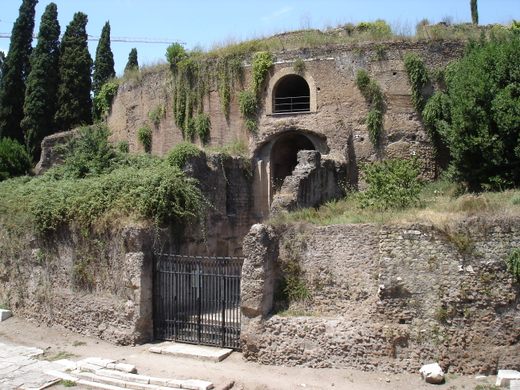
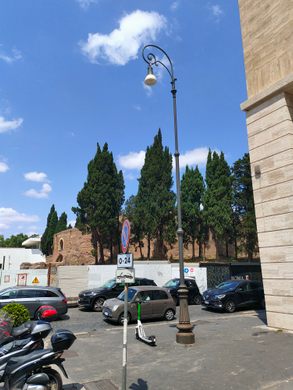






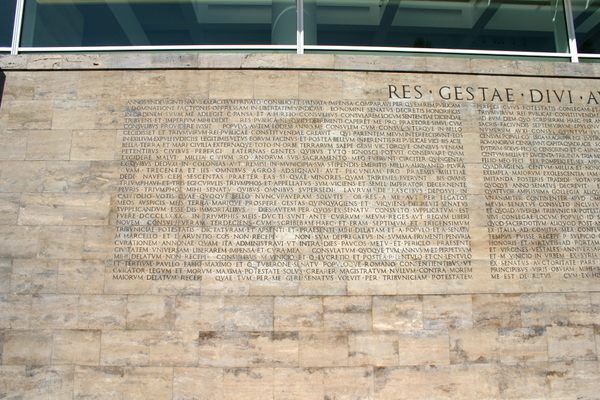





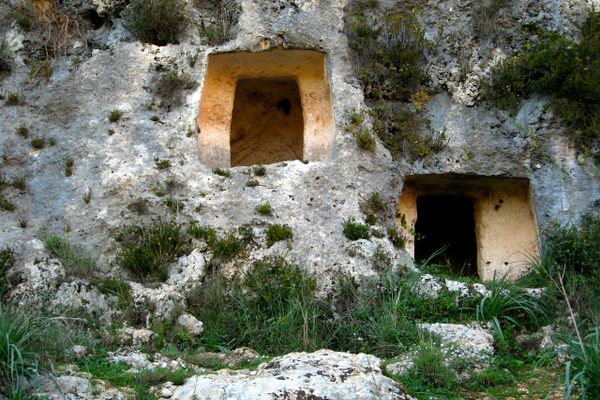
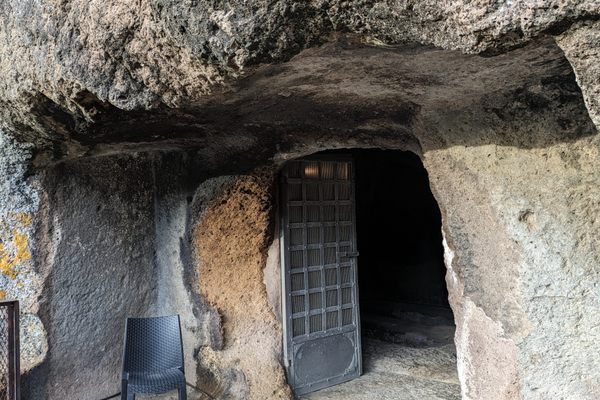

Follow us on Twitter to get the latest on the world's hidden wonders.
Like us on Facebook to get the latest on the world's hidden wonders.
Follow us on Twitter Like us on Facebook